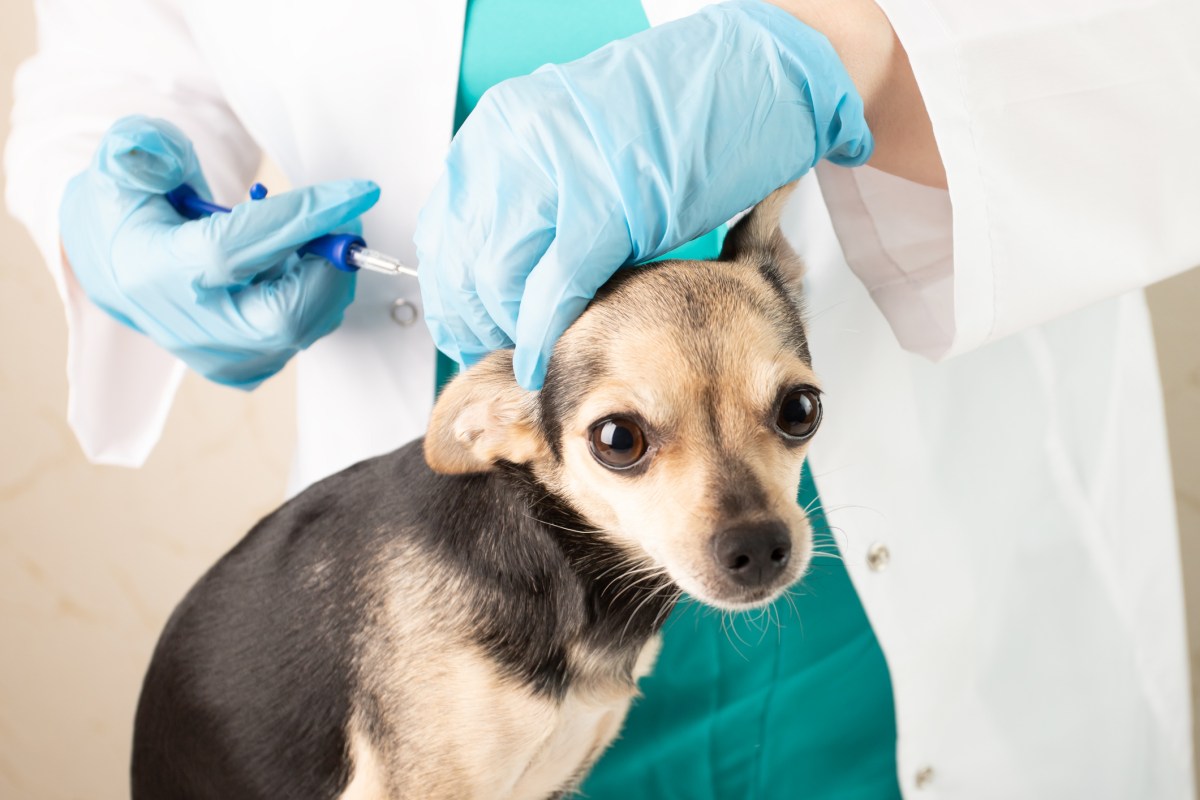Micro Chips: How To Find Your Missing Pet
Microchipping is one of the simplest and most effective ways to ensure the safety and protection of our furry companions. This simple action significantly improves the chances of being reunited with lost companion animals in the event they go missing.
Teresa Chagrin, People for the Ethical Treatment of Animals (PETA) animal care and control issues manager, has been a staunch advocate for the critical role of microchipping companion animals in ensuring their safe return in case of separation. With almost two decades of experience at PETA, Chagrin’s expertise includes managing a high-volume spay-neuter clinic and directing an animal control department in South Carolina, with spaying and neutering initiatives expanding globally.
According to Chagrin, even the most caring and experienced pet owners can face numerous circumstances leading to the loss of an animal. However, with microchipping readily available and the process being quick and straightforward, there is no excuse for neglecting to microchip a pet.
“Being a responsible guardian means essentially never letting your animal out of your sight,’ she said. “However, unforeseen events such as natural disasters or someone accidentally leaving a door open during a visit can lead to separation. With a microchip, you and your pet can be swiftly reunited, potentially within hours, as opposed to the days or weeks spent searching for a missing animal.”
The microchipping procedure itself is swift and simple. Microchips, about the size of a grain of rice, are inserted under the skin by veterinarians or at clinics. This process, much like administering a vaccine, takes mere seconds, yet the microchip remains with the animal for its entire life.
“However, the most crucial aspect is keeping the registration information up to date. If you maintain current registration details, it’s nearly a foolproof system,” emphasizes Chagrin. “Utilize your regular vet visits to verify the chip’s functionality, and ensure your information is accurate on the microchip registration company’s website, particularly after any changes in ownership or residence. In the event of a serious injury, a veterinarian must be able to contact you immediately for treatment permission and payment. Incorrect information on the chip could make this nearly impossible.”
The adoption of mandatory microchipping is increasingly prevalent in various cities and counties across the country, reflecting a proactive approach to animal welfare.
“It not only facilitates swift reunification but also alleviates the financial burden on communities caused by lost companion animals. There is a significant cost to taxpayers when companion animals go missing, including expenses for their retrieval, housing, and care. The sooner a lost animal is reunited with its loving guardians, the better it is for everyone involved.”
To have your pet microchipped, visit your veterinarian, local animal shelter, or county website for upcoming clinics or more information.



































